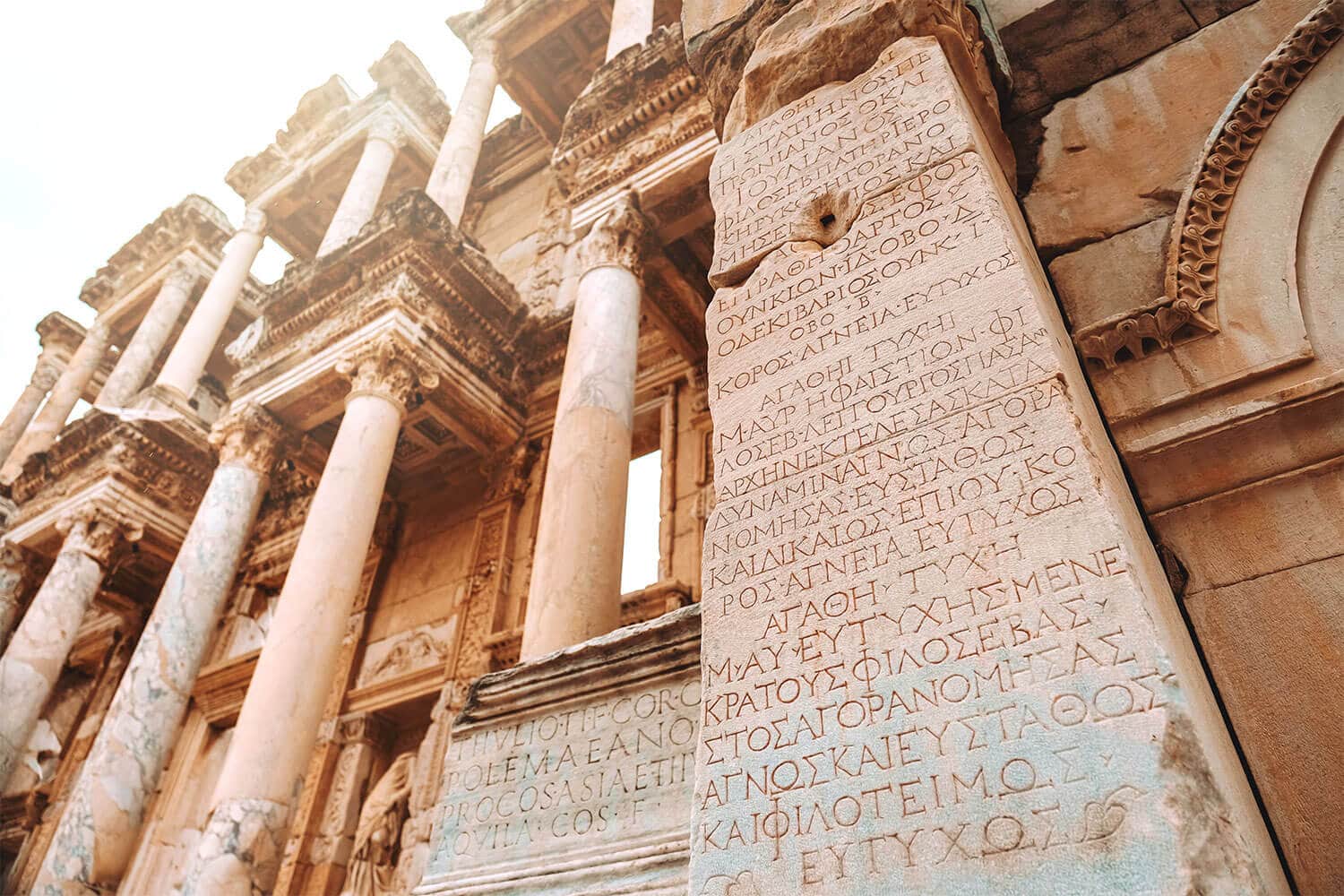Miletus is an ancient Greek city located on the western coast of present-day Turkey, near the mouth of the Meander River in ancient Caria. Its ruins are located near the modern village of Balat in Aydın Province, Turkey. Miletus was one of the largest and most important cities in Ionia, a region on the central part of the western coast of Anatolia.
Miletus is known for its great contributions to science, philosophy, and politics. It’s often referred to as the birthplace of Western philosophy and the “Balcony of the Aegean” for its splendid views. Several key figures in the history of philosophy and science hailed from Miletus, including Thales, Anaximander, and Anaximenes, who are collectively known as the Milesian philosophers.
The city was also important in the history of Christianity. It’s mentioned in the Bible in the Acts of the Apostles, and St. Paul reportedly stopped at Miletus on his way back to Jerusalem from his third missionary journey.
Historically, Miletus was famous for its maritime endeavors, its democratic government, and for being a prolific center of learning. The city was conquered by Persians, Athenians, and Romans, each leaving their mark.
Today, the ruins of Miletus are a popular tourist destination and include a theater, a harbor monument, a bouleuterion (council house), baths, and several temples. The site also includes the ruins of the Hellenistic Faustina Baths and the monumental gate of the Roman period, the Sacred Gate. The Miletus Museum located nearby houses many artifacts found during excavations.














